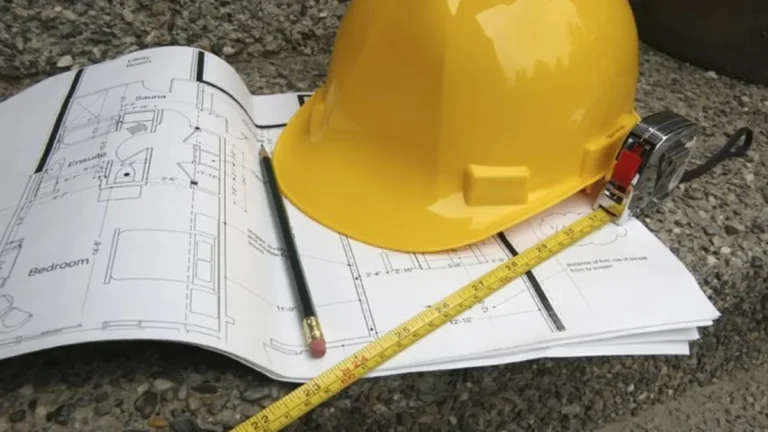
Municipal rental housing in Ukraine: who is eligible and how the new program works
In July 2025, the Cabinet of Ministers of Ukraine launched a new ambitious initiative the creation of a municipal rental housing fund. The government presents this as a response to the persistent housing crisis, which has only deepened since the start of the full-scale war. Yet behind these loud statements lie dozens of practical questions: when will the first apartments appear, who will actually be able to access them, and will the rent truly be “below market rates” as promised by officials?
According to data from the Cedos analytical center, before the Russian invasion, most Ukrainians lived in their own homes 95%. Since 2022, this figure has dropped to 76-79%. The reasons are clear: millions were forced to leave their homes, thousands of buildings have been destroyed or made uninhabitable. By various estimates, there are now 3.7 to 5 million internally displaced persons (IDPs) in Ukraine. This group, along with veterans, military personnel, families of the deceased, orphans, teachers, and doctors, is at the center of the new project.
What the Government Proposes
The essence of the experiment is to create a municipal housing stock, which will be rented out at a price lower than the market rate. Recipients will be selected based on clear criteria as Prime Minister Denys Shmyhal notes, “the standard will be 40 square meters per family of two, with each apartment fully furnished and equipped with appliances.” This is significant, as social housing in the past was often in semi-finished condition, without basic repairs.
The government promises rent for a one-bedroom municipal apartment at around 6,000 UAH per month. For comparison: the average market rent across the country now exceeds 7,500 UAH, and in Lviv or Zakarpattia, it goes over 10,000 UAH. In this sense, the new approach does offer a chance for more affordable housing for those who need it most. However, price is only one part of the equation.
How the Project Will Work
Local communities will act as the developers of this housing. They will also prepare project documentation based on standard designs, which should speed up and reduce the cost of construction. Financing will come from local budgets, grants, and partner loans (including the European Investment Bank), as well as international programs such as HOPE from the World Bank. Up to 400 million euros are allocated for the first phase, with another 540 million UAH allocated for repairs to housing in communities affected by hostilities.
The pilot phase is expected to last two years. During this period, the government plans to work out allocation mechanisms, determine the optimal conditions for participants, assess real demand, and adjust the approach before scaling up.
Who Can Access the Program and How
The process for selecting future tenants remains an open issue. Government statements currently list general criteria: veteran status, IDP status, social vulnerability (orphans, teachers, medics, utility workers). Regional specifics will also be considered the price depends on location, and communities will have the right to adjust the list of priority groups.
It is expected that rental agreements will be signed for a set period with the possibility of extension. Tenants will not be allowed to privatize the property this is meant to prevent the housing fund from being sold off, as happened in the 1990s. The authorities also promise quality control of the housing and regular audits of its use.
Post List
Risks and Challenges Seen by Experts
On one hand, municipal rental housing is a well-established tool for meeting basic housing needs in Europe and worldwide. On the other hand, Ukraine has never had an effective system for administering a rental housing stock. Even with social housing, there have often been abuses, uneven allocation, and delays in repairs. The success of this experiment depends on the quality of management, transparency of procedures, and the engagement of communities themselves.
Funding is no less critical. Local budgets are extremely tight during wartime, and international support is often targeted for specific purposes. Whether it will be possible to quickly build even the first hundreds of apartments remains to be seen.
Another open issue is scale. Over 2 million households have been destroyed, while the real scope of the new fund has not yet been specified. Given the scale of destruction and the number of displaced persons, there is a clear risk that demand will far outstrip supply.
What This Means for the Rental Market
The launch of municipal housing could have a major impact on the market, especially in western and central regions, where demand for rentals has broken records in recent years. If the price for such housing remains consistently below the market rate and is not accompanied by hidden payments, private landlords will have to adapt s is an opportunity to test a social rental model that could be a lifeline for thousands of families in crisis. The first results will be telling both for communities themselves and for investors.
Municipal rental housing is not a panacea. It is one of the necessary steps that can help rebuild trust in state housing policy. Success depends on whether the government can balance real needs and the budget’s capabilities, maintain a transparent mechanism, and ensure fair allocation.
For now, this is just the start of an experiment that could set a new standard for the rental market or become just another unfinished project if there is no political will and sustained public oversight.
Glossary of Terms
Municipal rental housing housing owned by a local community and provided to citizens for temporary use at a fixed price below market rates, without the right to purchase.
IDPs (Internally Displaced Persons) citizens who were forced to leave their permanent homes due to hostilities.
Pilot phase the initial stage of implementing a project, when the main mechanisms are tested before a full-scale launch.















